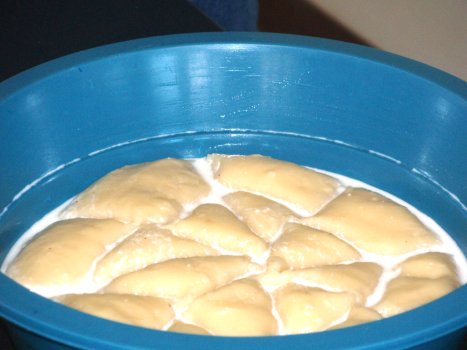
Orthographic note: The spellings are those provided by the students. The student presentations are done under the constructivist theory of education where knowledge is jointly built. The spellings and the spelling variants provide discussion points. There is no intent that these spellings are in any way to be construed as official spellings. At the same time, there is no effort in class to force a student to change their spelling system. Through this open and accepting approach, this author has learned that spelling systems can be idiosyncratic and local to a motu, clan, family, or individual. Bearing in mind the ethnographic underpinnings of the course, the spelling systems presented are taken at face value. To go up to the board and repeatedly "correct" the spellings provided would discourage students from attempting to share what they know for fear of being embarrassed. As seen in the images of the board below, the spellings herein conform to that provided by the students.
RS, Greda, Stephen

There are three types of kon: kon, mwatun, and emesefich. Kon is plain, no coconut milk. Mwatun is made with coconut milk. Emesefich is reserved for the chiefs and also uses coconut milk. The breadfruit is boiled and pounded on a breadfruit wood board called a niif with a coral pounder called a pwó. Men pound the breadfruit. The niif has a unique shape.
Livingston, Michelle, Sheryl, Bev, Evelyn
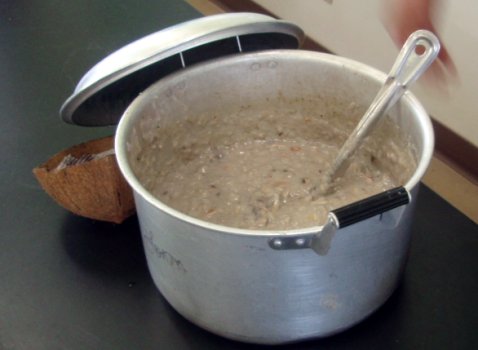
Boiled banana and fish soup.
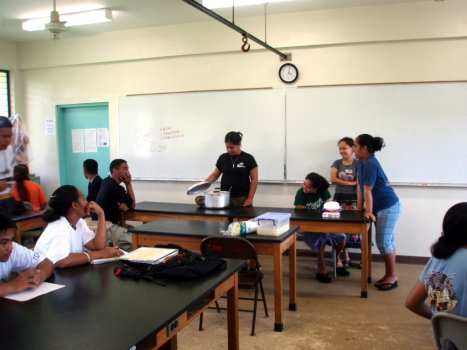
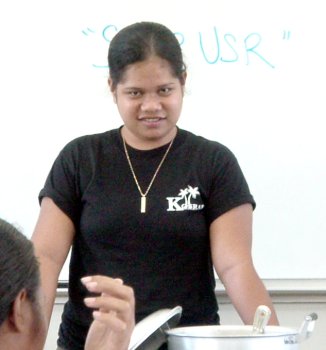
Priana, Ceasar, Pernes, Andrew, Shellain
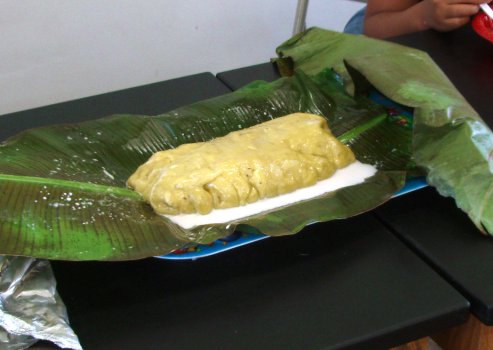
Grill breadfruit on an open fire. Once cooked, pound breadfruit on a stone peitehl using a pounder made from Morinda citrifolia (weipwul) wood. One person pounds, traditionally a second person wipes sweat from the pounder. This two person approach to pounding a starch is also seen in the traditional preparation of fafa in Kosrae and kon in Chuuk. The "sweat wiper" is also responsible for scratching any itches.
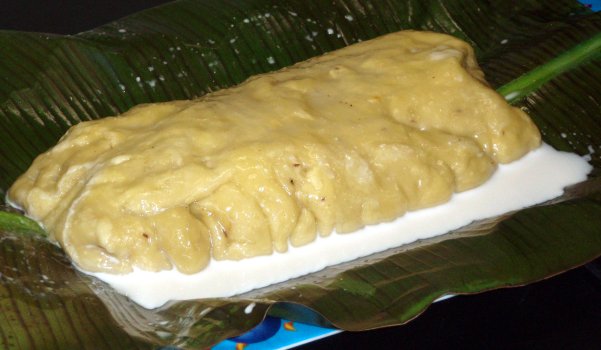
Uht kekihn is banana that has been peeled, grated, boiled, formed into balls, and then cooked in coconut milk. The balls are cooked unwrapped. Grated boiled banana dishes such as Kosraen ap, Chuukese feiren uch, and Mortlockese amaten ush all involve wrapping the grated banana in a leaf prior to boiling.
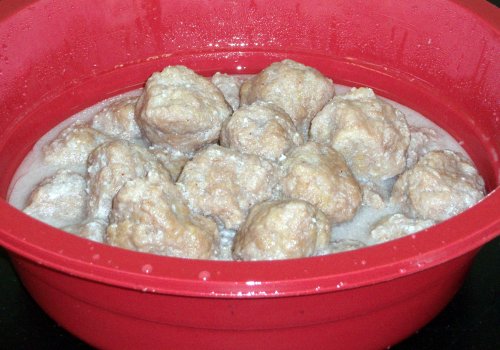
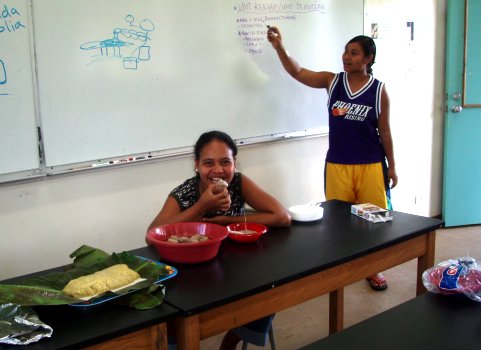
Sheila, Emmy, Cassandra
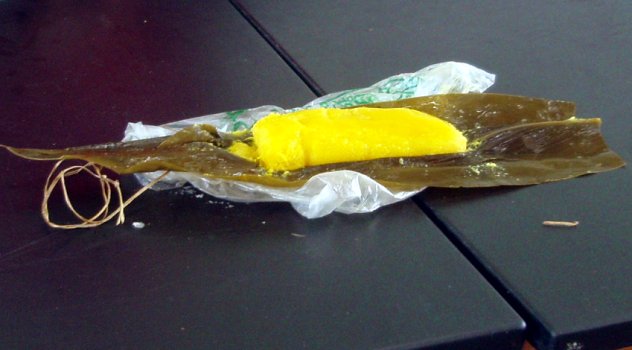
Tiogang (Woleaian) or Thiogang (main island Yap) is produced from ground tapioca and tumeric for coloring. The center of the tapioca might include a banana or coconut milk. The former is echoed in a Kosraen dish which includes two bananas embedded in boiled tapioca. Elsewhere tapioca is known as cassava.
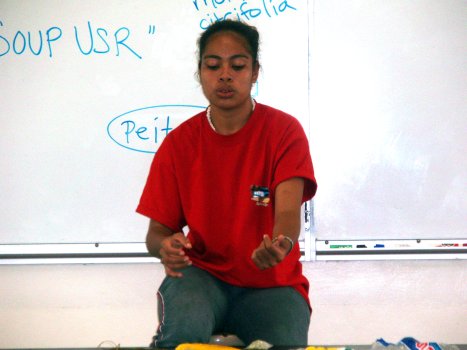
Annie, Teine
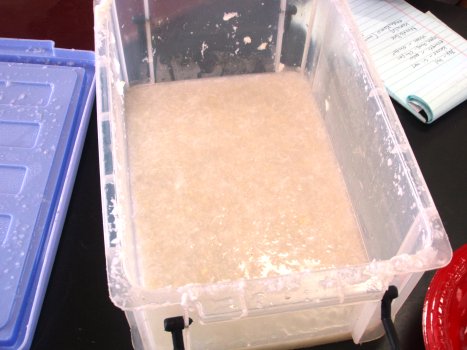
Made from the spongey core of a sprouted coconut. Eaten as a dessert. The spongey core can also be eaten plain, or mixed with coconut milk and frozen to make a popsicle treat. The spongey core is called tupu in Kapinga.
The tool in the foreground is called a koi.
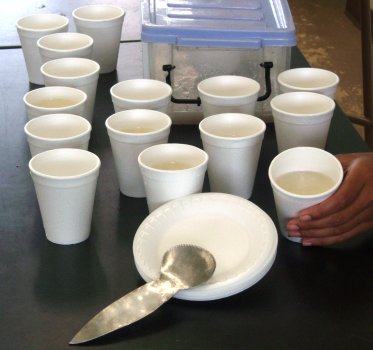
Apparently also known as endenkamw. Taro is boiled, pounded, and formed into balls. The balls are coated with grated coconut. Sugar is usually added to the pounded taro, the result is a dessert.
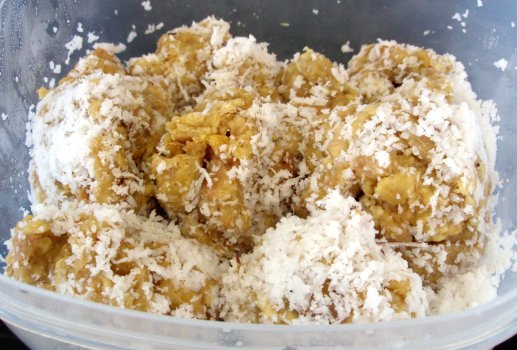
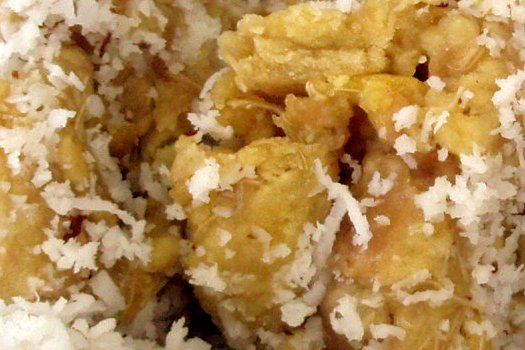
Shots from the white board after class
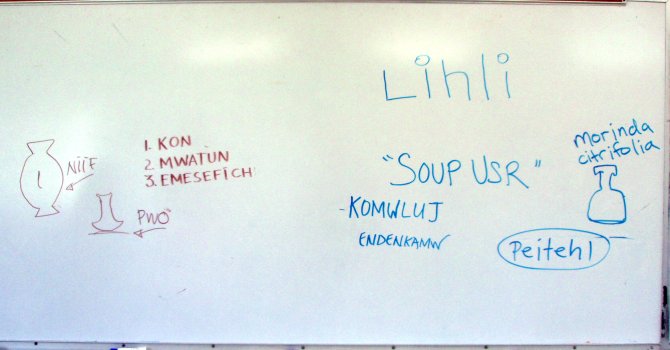
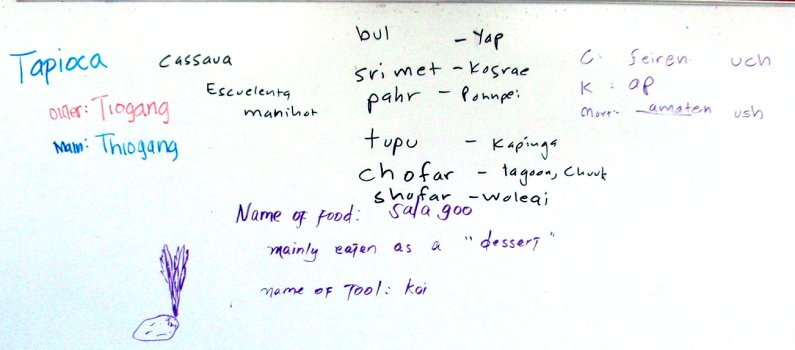
Ethnoherb • Ethnobotany • Lee Ling • COMFSM